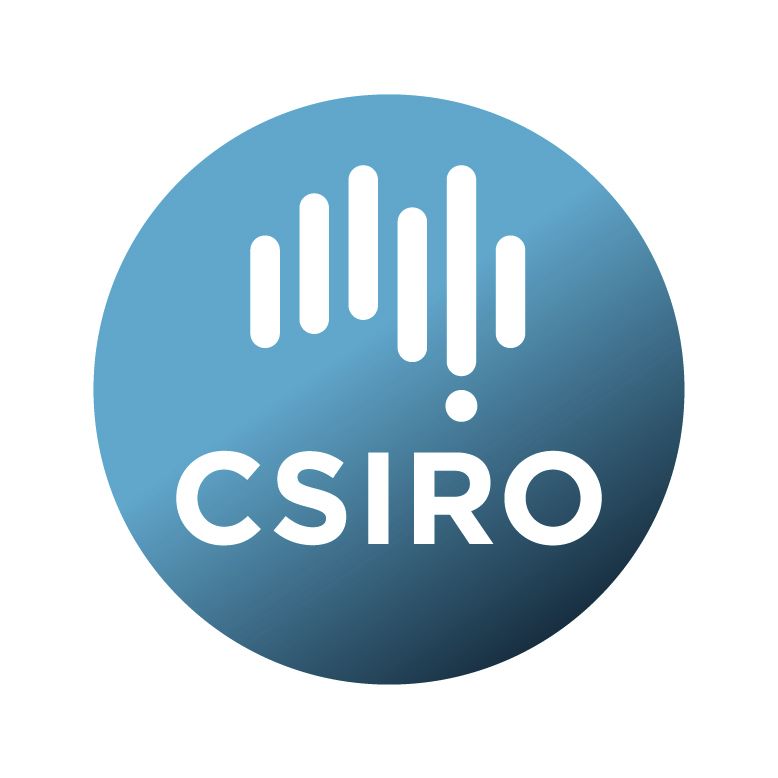Brief description
This database identifies the location of long term wave rider buoy locations around the Australian coast. The database is part of the Coastal and Marine Resources Information System (CAMRIS), a small-scale spatial analysis system developed in collaboration by several divisions of Australia's Commonwealth Scientific and Industrial Research Organisation (CSIRO), as part of the CSIRO Coastal Zone Program.Format: shapefile.
Quality -
Scope: Dataset.
Absolute External Positional Accuracy: +/- one degree.
Non Quantitative accuracy: Each point has a unique identifier.
Conceptual consistency: Coverages are topologically consistent. No particular tests conducted by ERIN.
Completeness omission: Complete for the Australian continent.
Lineage: ERIN: Data were projected to geographics using the WGS84 datum and spheroid, to be compatible for the Australian Coastal Atlas.
All CAMRIS data were stored in VAX files, MS-DOS R-base files and as a microcomputer dataset accessible under the LUPIS (Land Use Planning Information System) land allocation package. CAMRIS was established using SPANS Geographic Information System (GIS) software running under a UNIX operating system on an IBM RS 6000 platform. A summary follows of processing completed by the CSIRO:
1. r-BASE: Information imported into r-BASE from a number of different sources (ie Digitised, scanned, CD-ROM, NOAA World Ocean Atlas, Atlas of Australian Soils, NOAA GEODAS archive and Complete book of Australian Weather).
2. From the information held in r-BASE a BASE Table was generated incorporating specific fields.
3. SPANS environment: Works on creating a UNIVERSE with a geographic projection - Equidistant Conic (Simple Conic) and Lambert Conformal Conic, Spheroid: International Astronomical Union 1965 (Australia/Sth America); the Lower left corner and the longitude and latitude of the centre point.
4. BASE Table imported into SPANS and a BASE Map generated.
5. Categorise Maps - created from the BASE map and table by selecting out specified fields, a desired window size (ie continental or continent and oceans) and resolution level (ie the quad tree level).
6. Rasterise maps specifying key parameters such as: number of bits, resolution (quad tree level 8 lowest - 16 highest) and the window size (usually 00 or cn).
7. Gifs produced using categorised maps with a title, legend, scale and long/lat grid.
8. Supplied to ERIN with .bil; .hdr; .gif; Arc export files .e00; and text files .asc and .txt formats.
9. The reference coastline for CAMRIS was the mean high water mark (AUSLIG 1;100 000 topographic map series).
Available: 2015-03-27
Data time period: 1995-01-01 to ..
Subjects
Australia |
CAMRIS |
Coastal and Marine Resources Information System |
Earth Sciences |
Engineering |
Environmental Sciences |
Geomatic Engineering |
Geospatial Information Systems and Geospatial Data Modelling |
Oceanography |
Other Environmental Sciences |
Other Environmental Sciences Not Elsewhere Classified |
Physical Oceanography |
coast |
coastal |
wave rider buoy |
User Contributed Tags
Login to tag this record with meaningful keywords to make it easier to discover


